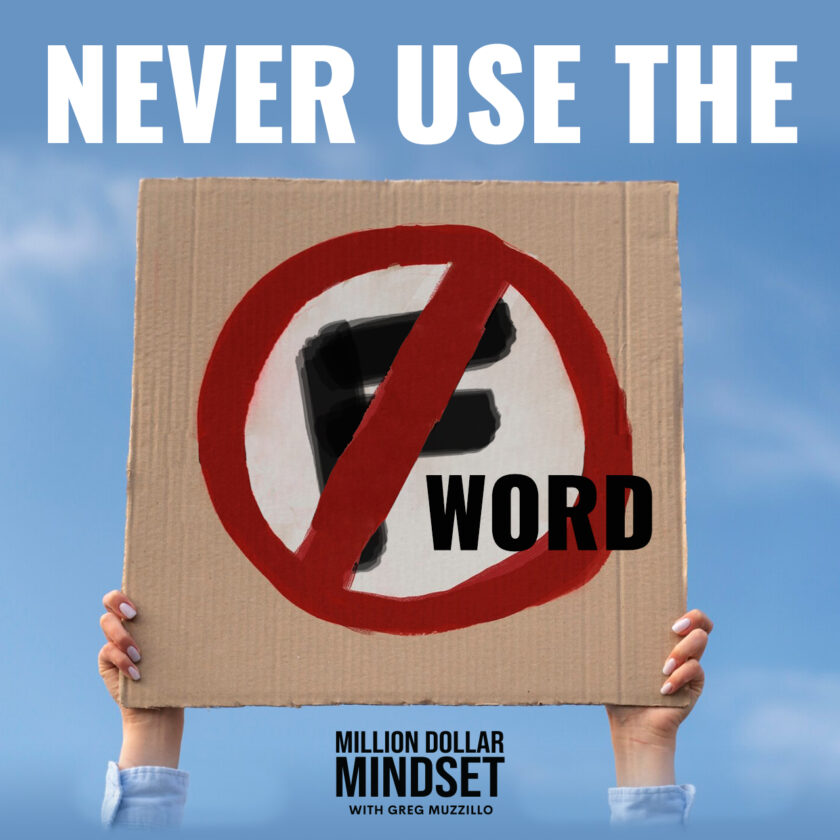As PRINTING United Expo rapidly approaches, it’s likely that you are purchasing airline tickets, making hotel reservations, and planning your itinerary. These are all good and necessary things. But in order to have the most successful show possible, it’s helpful to back up a little bit. Why are you going in the first place?
At first, this might seem like an odd question. You’re going to see what’s new, pick up samples of vendors’ products, and maybe attend a few seminars. Isn’t that what trade shows are about? These are all important goals, but they are about the “what,” not the “why.” Let’s look at some of the potential “whys” behind your decision to attend the show and how they can impact your itinerary.
1. You are looking for specific information.
There is a difference between going to a trade show with a specific agenda—things you know in advance that you want to learn—and just using sessions to maybe learn a little something or kill time in-between appointments. Maybe you’re looking to acquire or be acquired by another company, so you might look at the session on M&A. Or your company might be struggling with building sales, so you look to sessions on finding the ideal customer. These become the anchors around which you work the other important (but secondary) priorities.
2. You are looking to build existing relationships.
There is something very different about spending time with someone in person: watching their body language, telling stories about shared experiences, and engaging in the kind of interpersonal discussion that leads to deeper, more meaningful discussions about business. Playful banter about whose college football team has the better kicker can quickly transform into “What services do you offer that I’m not taking advantage of?” or, “Here are some projects we’ve got coming up. What do you bring to the table?”
Doors open and ideas flow in person in a way they don’t over email, in a phone call, or in a Zoom meeting.
3. You are on the lookout for new suppliers or new products and services from existing ones.
In this case, you likely want to have the list of vendors you want to contact while you are planning your walk on the floor. Which vendors do you definitely want to see? How much time do you plan to spend with each? Are there some for which you want to make an appointment? Or is just hitting the booth sufficient?
Plan how long you expect each stop to take. Make sure you build in a buffer based on the distance between booths and in case your contact is already engaged in a conversation and you have to hang tight and wait.
4. You have pain points you are looking to solve.
Sometimes you arrive at a trade show with pain points or applications you need to address. For example, power plants, oil refineries, or other energy facilities (or label resellers serving those markets) often have trouble finding labels that will adhere even at extremely high temperatures. Very few vendors can handle these applications, so trade shows provide the perfect opportunity to quickly assess who can do what. At Wise, we were recently asked about a label that would stay put at 1,500 degrees! Compile your list of potential vendors who can handle these applications and put those booths at the top of your ”must see” list.
5. You are networking.
All the right people all in the same place! There is no better opportunity to run into the right people than at a trade show. You never know who you are going to meet, making mixers an important priority. So are drop-in visits at the booths of specific people you want to meet. If those contacts aren’t there, you can get intel on when they will be available so you can come back later. In contrast making a cold call or sending a cold email, it’s easier to get intel at a trade show booth and harder for potential partners or customers to miss or ignore you when you are standing right in front of them!
Prioritize Your “Whys”
For most trade show attendees, the goal is not just one or two of these “whys,” but most or all of them. However, there will be some that are more critical than others. Knowing your “whys” gives you the opportunity to more easily and effectively prioritize appointments, sessions, and events. If your primary goal is to find a solution to a specific durable label application, for example, that will inform which appointments you nail down first. If, however, your greater priority is learning about selling short-run digital labels, you might prioritize meetings with a core selection of potential vendors, then build your sessions, meet and greets, and other appointments around them.
When it comes to planning for a trade show, everything is important, but not everything is the same level of priority. So answer your “why,” then use that information to inform and organize the rest of your priorities. Then enjoy the higher level of productivity and problem-solving you take away this year!



